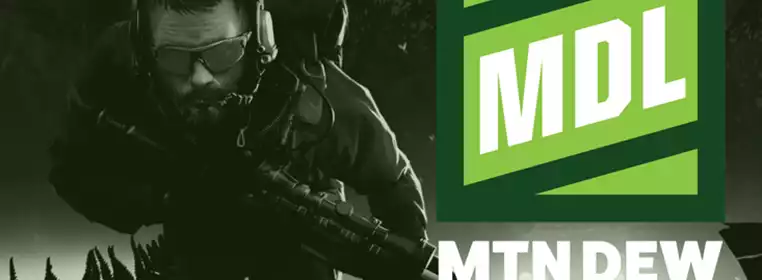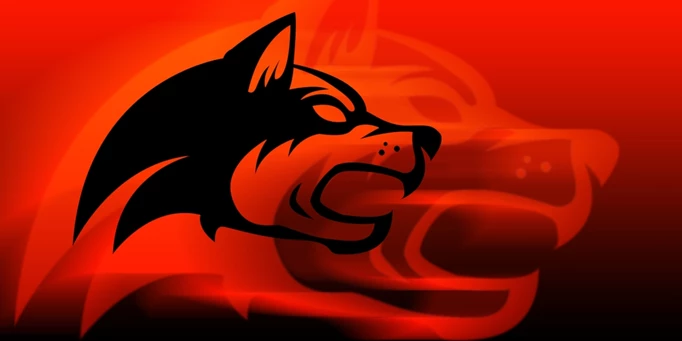The Rise And Fall Of CS:GO’s C-Tier Scene

When Counter-Strike: Global Offensive (CS:GO) began to grow during the mid-2000s, so did its C-Tier competitive scene. Tournament organisers such as ESEA and FACEIT were on track to hosting some of the biggest events at the time. Household teams, including Grayhound Gaming, Denial Esports, and Windigo Gaming used to dominate C-Tier matchups back in the day. Eventually, a group of hotshot teams began funding these amateur rosters rather than paying for S-Tier lineups. These investments ranged between five and ten thousand dollars, which was a lot cheaper compared to tier one teams. With the rise of COVID-19, investors worldwide began finding holes in their wallets with the destruction of online events.
HOW IT ALL STARTED
ESEA is broken up into a wide variety of sectors but is mostly known for its Premier Division. The three major competitors throughout these events were Europe, North America, and Oceania. Below the Premier League is the Main Division which is mostly made up of smaller independent teams. The C-Tier scene went from being known for pickup teams to fully funded rosters, a transition like this helped grow the competitive community. Players were finally earning opportunities to sign contracts outside of the top bidders; no longer did they have to depend on million-dollar orgs to work in the esports industry.
The original C-Tier scene dates back all the way to 2001, most importantly CS:GO events started to open up around April of 2012. One of the most well-known tournaments at the time was the Copenhagen Games; an event made up of teams which have currently moved on to S-Tier tournaments. Some big names at the event included SK Gaming and mousesports. This particular tournament was extremely small based on its prize pool of a whopping one thousand dollars. At the time, it wasn’t about the money but instead, a chance to become a founder of competitive CS:GO.
- Related - The Best CS:GO Teams Of 2020
NINJAS IN PYJAMAS AND CLOUD9
After four months of players moving back and forth between Counter-Strike and CS:GO, an online event known as 4PLAYERS opened up. Once again, the event was a competition for around a thousand dollars, but money wasn’t the real prize. Besides a handful of unknown teams, Ninjas in Pyjamas showed up with a first-place finish. The rest of the teams were completely squashed by NiP, including a game that ended sixteen to one. North America capped off the year with the Complexity 10 Year Anniversary tournament. Fan favourites iBUYPOWER ended up taking home the six thousand dollar prize before moving onto their match-fixing scandal.
During their debut year, Cloud9 earned a spot at GLX Universe. An event which was created by tournament organisers CEVO and GXL. The best of three playoffs also included Denial Esports, mouseSpaz, and iBUYPOWER. Jacob "FugLy" Medina who is still a dominant figure in the C-Tier scene played alongside Denial Esports during GLX Universe. Before earning their Major in 2018, Cloud 9 placed first at GLX Universe, earning just under two thousand dollars. That tournament alone is a huge archive for both C-Tier events and Cloud9.

 Click to enlarge
Click to enlargeDENIAL ESPORTS
In 2015, C-Tier events grew by nearly fifty-percent while smaller teams wanted to compete. Most of the top dog orgs moved on to bigger events while a list of amateur teams began to prove themselves. Denial Esports had just finished their successful 2014 season and were looking to stick with C-Tier events. While other teams started to move away from smaller stadiums, Denial Esports made a rather comfortable choice. This specific situation led to the disruption of the C-Tier division as a whole. Whenever teams were expected to move up the ranks, they chose to play within much smaller events.
AN UNEXPECTED TWIST
After almost seven years of C-Tier events, the competitive scene finally peaked. The three main teams that changed the game included Triumph, Chaos Esports Club, and the New England Whalers. All of these teams made the best out of competing during COVID-19, and they made it work for the most part. All three teams ended up winning some of the biggest ESEA Cash Cups before the NE Whalers, and Chaos EC shut down for good. Triumph received funding to compete at a higher level while the other two rosters were left completely stranded. Sponsors started to cut back while a majority of their profits weakened during the worldwide pandemic.
With everything that has happened from breakout rosters to a lack of funding, the C-Tier sector was put into a sticky situation. Not only are they now having troubles finding top tier sponsors, but they’re also losing major clients. Both the NE Whalers and Chaos EC were teams that viewers loved watching. All of the revenue came from ads, sponsors, and investors which these tournaments no longer have. It’s now up to ESEA and FACEIT to pump out programs and secure funding for future events. This won’t be easy, but nobody ever expected a massive decline in earnings from the competitive community.
Images via ESEA | Denial Esports
